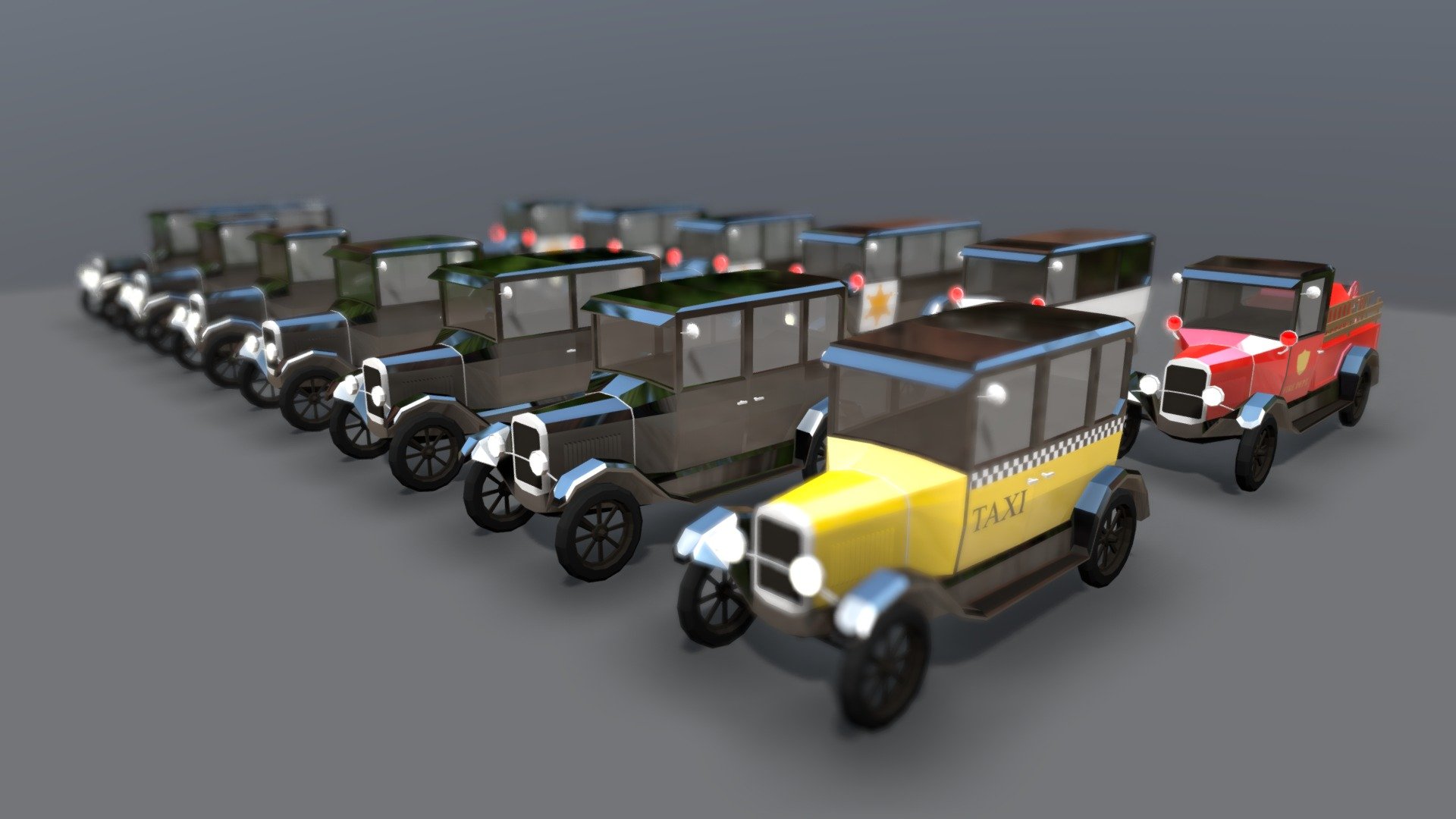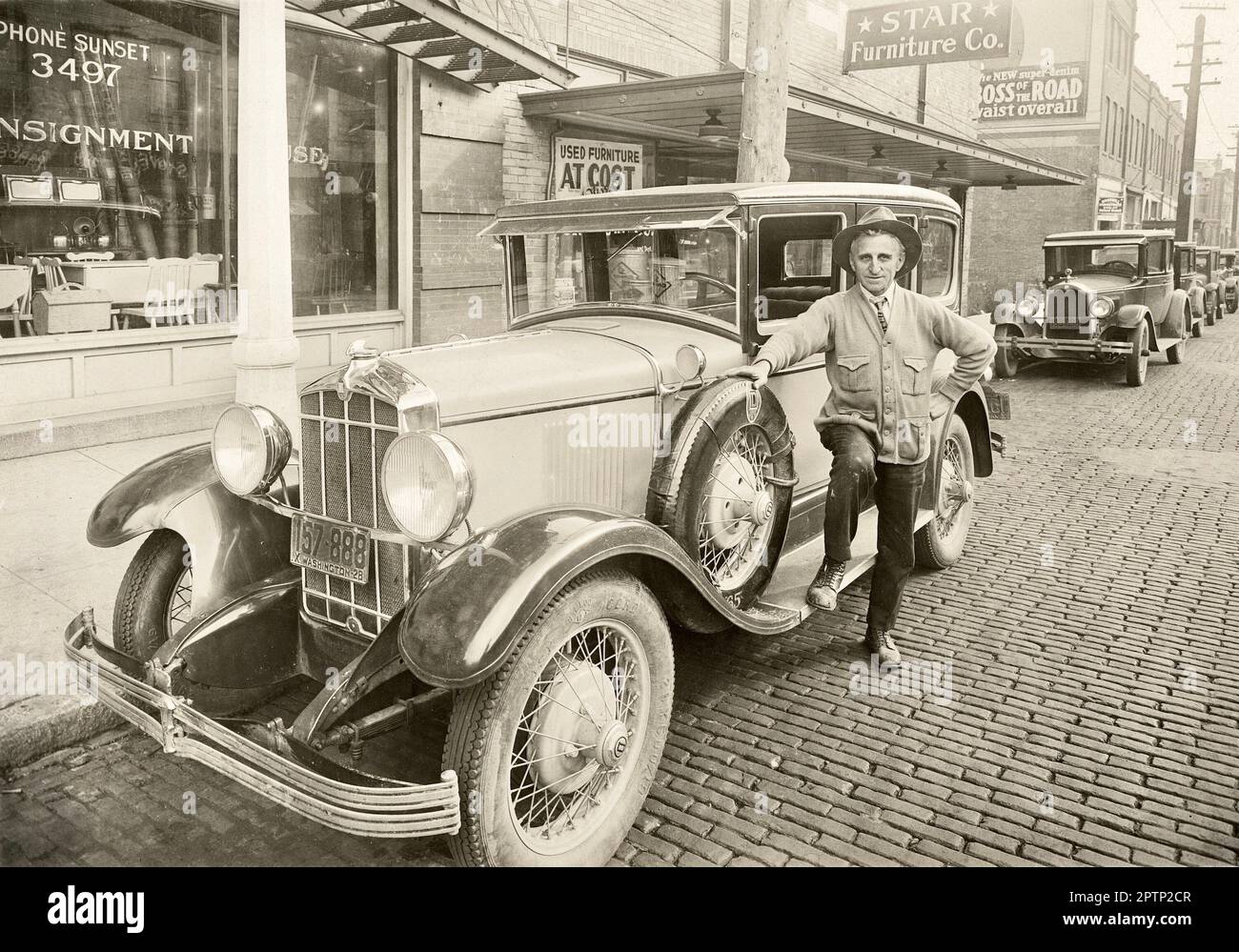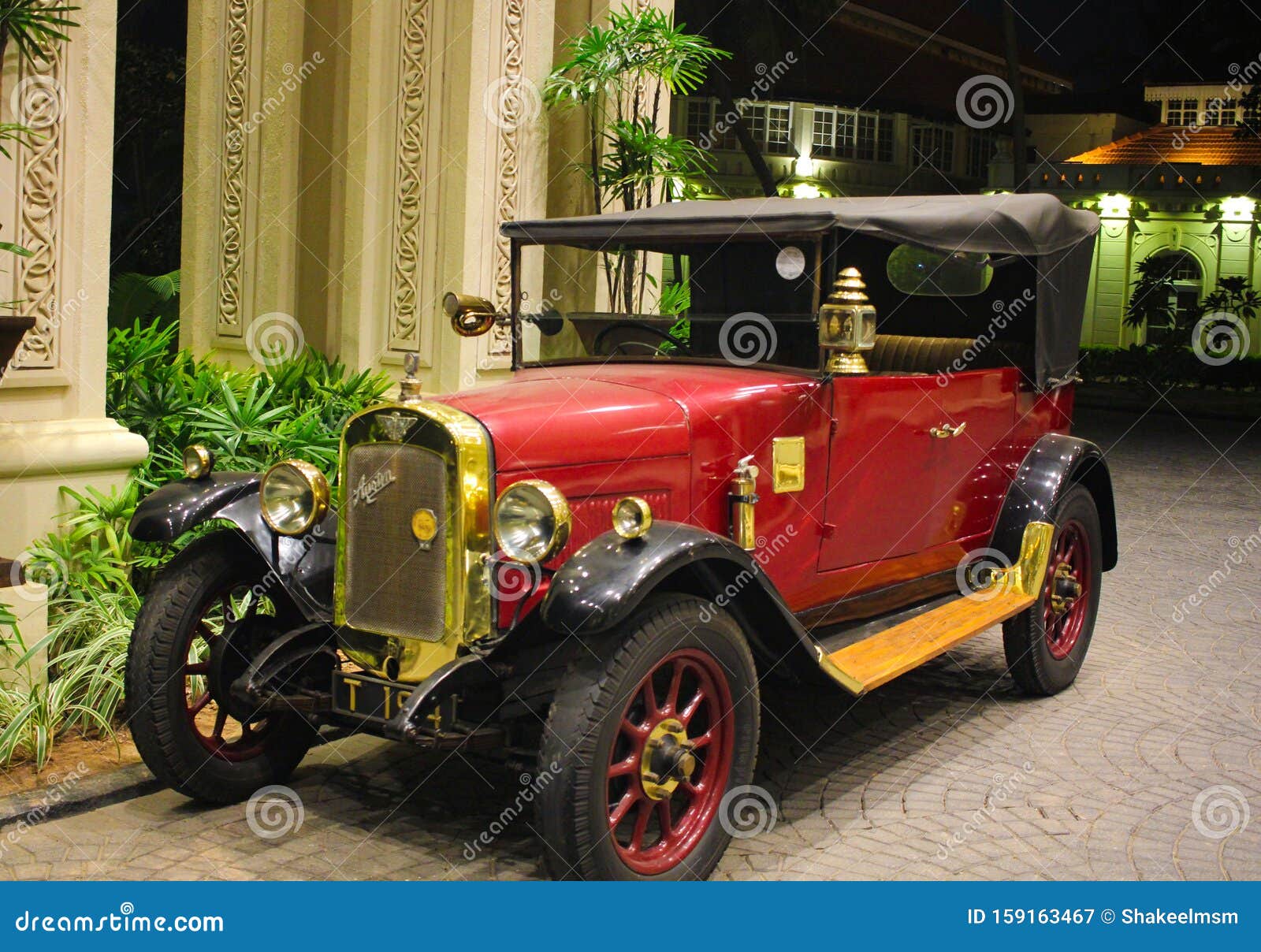The 1920s car models represent a pivotal era in automotive history, marking the transition from rudimentary designs to more sophisticated engineering and styling. This decade, often referred to as the "Roaring Twenties," saw significant advancements in technology, manufacturing processes, and consumer demand for automobiles. The era laid the foundation for the modern automotive industry, with manufacturers introducing innovations that would shape the future of transportation.
During the 1920s, cars were no longer seen as a luxury but as a practical necessity for many households. The rise of mass production techniques, pioneered by Henry Ford, made automobiles more affordable and accessible to the average consumer. This period also witnessed the emergence of iconic car models that became symbols of progress and prosperity.
This article delves into the world of 1920s car models, exploring their design, engineering, and cultural significance. By examining the key players, technological innovations, and societal impact of these vehicles, we aim to provide a comprehensive understanding of this transformative era in automotive history.
Read also:Where Does Errol Musk Live
Table of Contents
- Introduction to 1920s Car Models
- Key Players in the Automotive Industry
- Evolution of Car Design in the 1920s
- Technological Advancements in 1920s Cars
- Iconic 1920s Car Models
- The Manufacturing Process
- Societal Impact of 1920s Cars
- Economic Effects on the Automotive Industry
- Consumer Demand and Preferences
- Predictions for the Future of Automotive Design
- Conclusion
Introduction to 1920s Car Models
Significance of the 1920s in Automotive History
The 1920s were a golden age for the automotive industry, characterized by rapid innovation and growth. During this period, manufacturers focused on improving the reliability, performance, and aesthetics of their vehicles. The introduction of assembly line production by Henry Ford revolutionized the way cars were manufactured, making them more affordable and accessible to a broader audience.
Key Features of 1920s Cars
The cars of the 1920s featured several distinctive characteristics, including open-top designs, hand-cranked starters, and mechanical brakes. These vehicles were primarily powered by internal combustion engines, which provided a significant improvement in power and efficiency compared to earlier models. Additionally, the introduction of electric starters eliminated the need for manual cranking, enhancing convenience for drivers.
Key Players in the Automotive Industry
The 1920s saw the rise of several prominent automakers that played a crucial role in shaping the industry. Companies such as Ford, General Motors, and Chrysler dominated the market, offering a wide range of car models that catered to different consumer needs. These manufacturers invested heavily in research and development, ensuring that their vehicles remained competitive in terms of technology and design.
Evolution of Car Design in the 1920s
Transition from Simple to Sophisticated Designs
Car design underwent significant changes during the 1920s, moving away from basic, utilitarian designs to more sophisticated and stylish models. Manufacturers began incorporating aerodynamic principles into their designs, resulting in sleeker and more streamlined vehicles. This shift was driven by consumer demand for cars that not only performed well but also made a bold fashion statement.
Influence of Art Deco on Automotive Design
The Art Deco movement had a profound impact on car design during the 1920s. This artistic style, characterized by geometric shapes and luxurious materials, inspired automakers to create vehicles with bold lines and intricate details. The result was a fusion of functionality and aesthetics that set the standard for future automotive designs.
Technological Advancements in 1920s Cars
Introduction of Electric Starters
One of the most significant technological advancements of the 1920s was the introduction of electric starters. Prior to this innovation, drivers had to manually crank their cars to start the engine, a process that was both labor-intensive and potentially dangerous. The adoption of electric starters made driving more accessible and appealing to a wider audience.
Read also:Removing Turmeric Stains From Clothes
Development of Four-Wheel Brakes
Another important advancement during this period was the development of four-wheel brakes. This innovation greatly improved vehicle safety by providing better stopping power and control. Manufacturers such as Cadillac were at the forefront of this development, setting a new standard for braking systems in the automotive industry.
Iconic 1920s Car Models
Henry Ford's Model T
The Ford Model T, introduced in 1908, continued to dominate the market throughout the 1920s. Known for its affordability and reliability, the Model T became a symbol of American innovation and progress. By the end of the decade, over 15 million Model Ts had been produced, making it one of the most successful car models in history.
General Motors' Chevrolet Series
General Motors' Chevrolet series emerged as a formidable competitor to the Ford Model T during the 1920s. These cars were renowned for their advanced engineering, stylish design, and competitive pricing. The Chevrolet series helped establish General Motors as a major player in the automotive industry.
The Manufacturing Process
Mass Production Techniques
The 1920s marked the widespread adoption of mass production techniques in the automotive industry. These techniques, pioneered by Henry Ford, involved the use of assembly lines to streamline the manufacturing process. By standardizing parts and reducing production time, manufacturers were able to produce cars at a lower cost, making them more affordable for consumers.
Quality Control Measures
In addition to mass production, manufacturers implemented strict quality control measures to ensure the reliability and durability of their vehicles. This focus on quality helped build consumer trust and confidence in the automotive industry, contributing to its sustained growth throughout the decade.
Societal Impact of 1920s Cars
Transformation of Urban and Rural Life
The widespread adoption of cars during the 1920s had a profound impact on both urban and rural life. In cities, cars facilitated greater mobility and access to goods and services, while in rural areas, they provided a means of connecting isolated communities to the broader world. This increased connectivity contributed to economic growth and social change.
Emergence of a Car Culture
The 1920s also saw the emergence of a distinct car culture, characterized by a fascination with speed, style, and adventure. Movies, music, and literature of the era often featured cars as symbols of freedom and progress, further cementing their place in popular culture. This cultural shift reflected the growing importance of automobiles in everyday life.
Economic Effects on the Automotive Industry
Job Creation and Economic Growth
The automotive industry was a major driver of economic growth during the 1920s, creating millions of jobs in manufacturing, sales, and related industries. The demand for cars spurred the development of new technologies and infrastructure, such as highways and gas stations, further stimulating economic activity. This period of prosperity laid the groundwork for the industry's continued expansion in subsequent decades.
Impact on Global Trade
The success of American car manufacturers during the 1920s had a significant impact on global trade. Exporting cars to international markets helped establish the United States as a leader in the automotive industry. This global reach contributed to the country's economic dominance and influence on the world stage.
Consumer Demand and Preferences
Shift Toward Luxury and Comfort
As the 1920s progressed, consumer demand shifted toward cars that offered greater luxury and comfort. Features such as closed bodies, padded seats, and improved suspensions became increasingly popular, reflecting the growing affluence of the middle class. Manufacturers responded to these preferences by introducing new models that combined style with functionality.
Influence of Advertising on Consumer Behavior
Advertising played a crucial role in shaping consumer behavior during the 1920s. Automakers invested heavily in marketing campaigns that highlighted the features and benefits of their cars, creating a strong emotional connection with potential buyers. This focus on branding and customer engagement helped establish long-lasting relationships between manufacturers and consumers.
Predictions for the Future of Automotive Design
Continued Innovation in Technology and Design
The advancements made in the 1920s set the stage for continued innovation in automotive technology and design. As manufacturers strive to meet the evolving needs and preferences of consumers, we can expect to see further improvements in areas such as fuel efficiency, safety, and connectivity. These developments will shape the future of transportation, ensuring that cars remain an integral part of modern life.
Focus on Sustainability and Environmental Responsibility
Looking ahead, the automotive industry is increasingly focused on sustainability and environmental responsibility. Innovations in alternative fuels, electric vehicles, and lightweight materials are expected to play a key role in reducing the environmental impact of cars. By prioritizing these initiatives, manufacturers can help create a more sustainable and eco-friendly future for generations to come.
Conclusion
The 1920s car models represent a defining moment in automotive history, characterized by groundbreaking innovations, iconic designs, and cultural significance. From the introduction of electric starters to the rise of mass production techniques, this era laid the foundation for the modern automotive industry. By examining the key players, technological advancements, and societal impact of these vehicles, we gain a deeper understanding of their enduring legacy.
We invite you to explore further articles on our website to learn more about the fascinating world of automobiles. Whether you're a history enthusiast or a car aficionado, there's always something new to discover. Don't forget to leave a comment or share this article with your friends and family!


